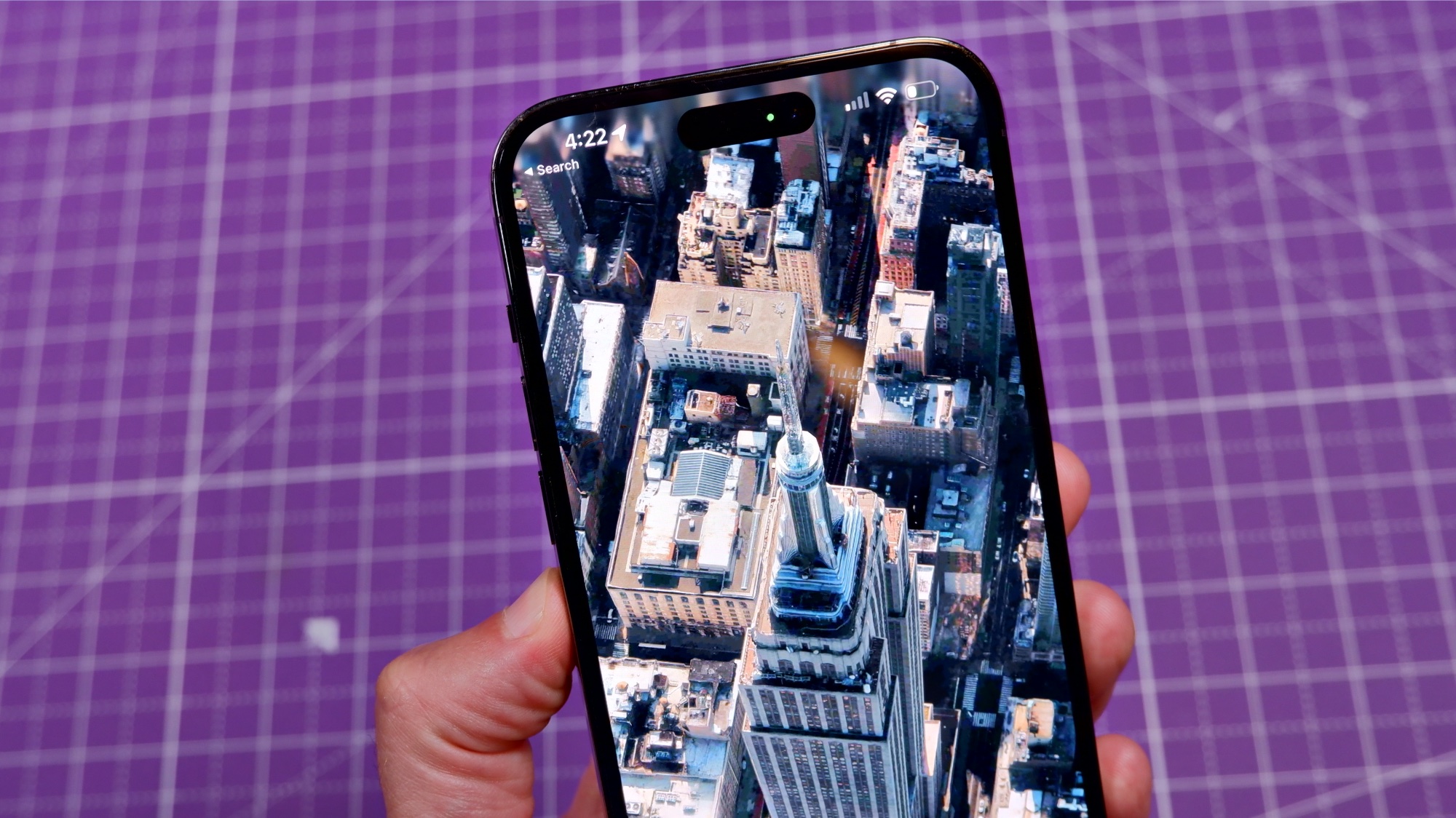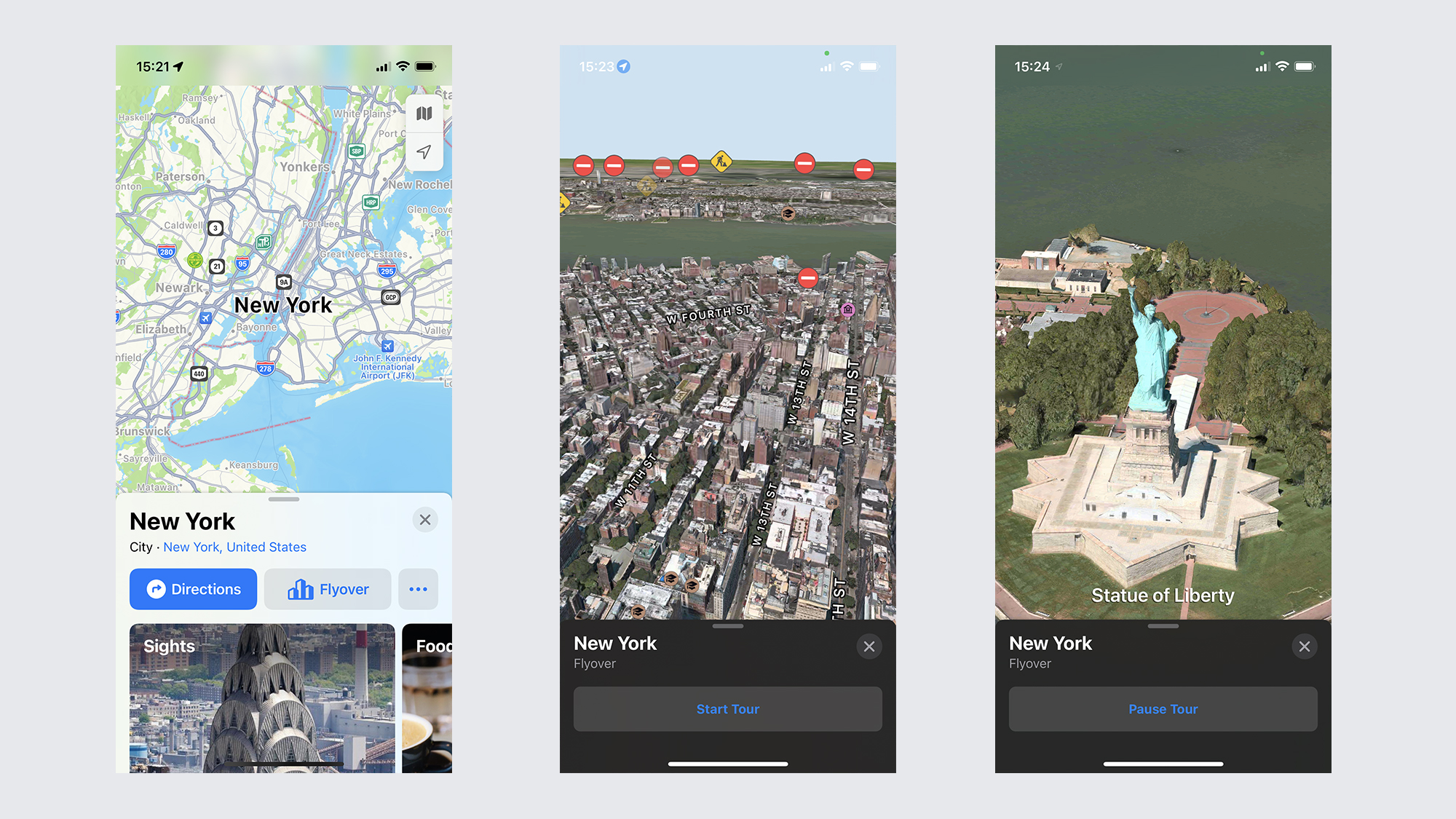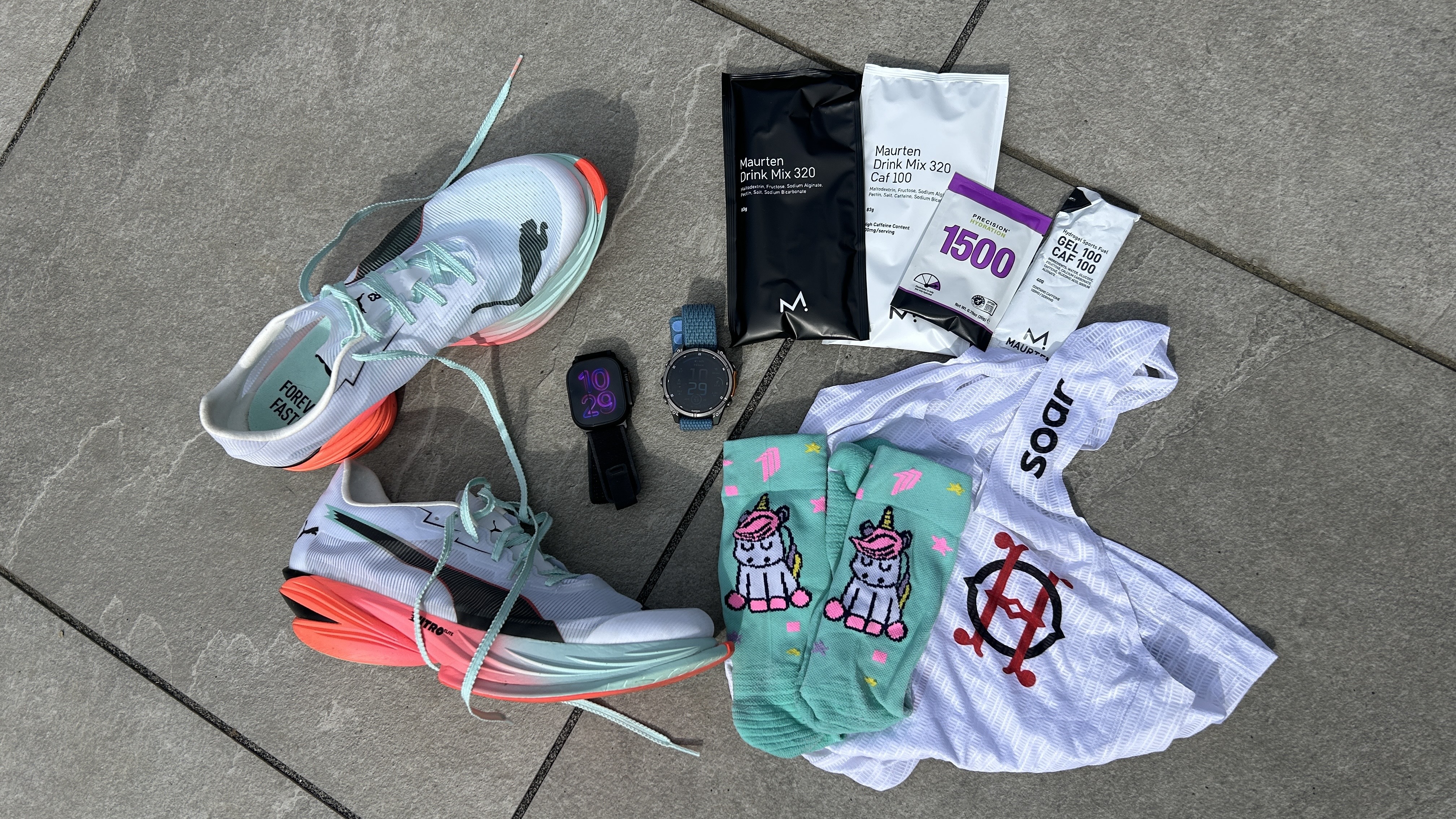Apple Maps seems to be gaining on Google Maps — here's why
Apple Maps may finally be good enough

It’s fair to say that Apple Maps did not make a very good first impression, but that was over a decade ago and a lot of things have changed in that time. Regardless, Apple Maps has still struggled to shift its poor reputation — especially compared to performance from Google Maps and Waze. But opinion might be shifting in Apple’s favor.
According to a new report from the The Wall Street Journal, people might be starting to view Apple Maps in a more favorable light. There's anecdotal evidence from consumers and user-experience analysts, claiming that iPhone users are actually opting to use Apple Maps for reasons beyond the fact it’s already installed when you set up a new iPhone.
Those reasons include a preference for the interface, particularly where public transit is concerned. The WSJ cites one user who claims Apple Maps’ transit interface is a lot nicer than Google’s — calling the latter “sinfully ugly to look at." They also believe Apple is better at handling outages on the New York subway.
Another user claims that she was prompted to use Apple Maps at the airport, with Apple offering clearer information about the terminal than Google Maps. That’s on top of offering recommendations about the shops and restaurants that were available. This same user also finds Apple’s directions easier to read thanks to the lack of clutter — a sentiment shared by others.
Given how overstuffed with information Google Maps can be in cities, that isn’t such a huge surprise.
Unfortunately. these anecdotes aren’t universally positive, and people still seem to have issues with the app’s actual navigation. Whether it’s sending them in the wrong direction or seemingly-ignoring stop signs when routing around traffic. Navigational issues are something I have first-hand experience with, and Apple’s routes don’t always seem the most efficient options.
How Apple Maps is winning people over

According to analysts from Canalys, Apple has managed to gain some traction by upgrading features. That includes adding features Google Maps has offered for years, the most recent example being offline navigation in iOS 17. But Apple was the first to introduce 3D Flyover tours of cities, which Google Maps essentially adopted for its “Immersive View” mode that launched last year.
Sign up to get the BEST of Tom's Guide direct to your inbox.
Get instant access to breaking news, the hottest reviews, great deals and helpful tips.
Apple also gained some of the upper hand by further integrating Apple Maps into the iOS ecosystem — with no choice to use other services. Features like Apple’s Find My network use Apple Maps, as do other system features that use any kind of mapping, and there’s no option to switch to a competitor.
User-experience consultant Peter Ramsey told the WSJ that users’ inherent laziness means they form habits around the default options. As Apple Maps has improved, user habits have shifted, and users are apparently less likely to immediately switch to Google Maps at the first sight of Apple navigation.
Of course, there’s clearly still a way to go. Canalys claims “the overwhelming majority of iPhones in the U.S. have Google Maps downloaded as an alternative." The App Store charts would corroborate that, with Google Maps sitting in 12th place on the “Top Free Apps” chart at the time of writing. That’s ahead of the likes of Instagram and Netflix, but below apps like TikTok, Threads and ChatGPT.
The Google Maps vs Apple Maps fight looks far from over, but it seems Apple is slowly gaining ground. Not just because it’s offering many of the same features as Google, but also because people are reportedly taking a liking to the things that sets Apple Maps apart. So maybe don’t discount Apple Maps because of past mistakes. You may end up pleasantly surprised.
More from Tom's Guide

Tom is the Tom's Guide's UK Phones Editor, tackling the latest smartphone news and vocally expressing his opinions about upcoming features or changes. It's long way from his days as editor of Gizmodo UK, when pretty much everything was on the table. He’s usually found trying to squeeze another giant Lego set onto the shelf, draining very large cups of coffee, or complaining about how terrible his Smart TV is.
